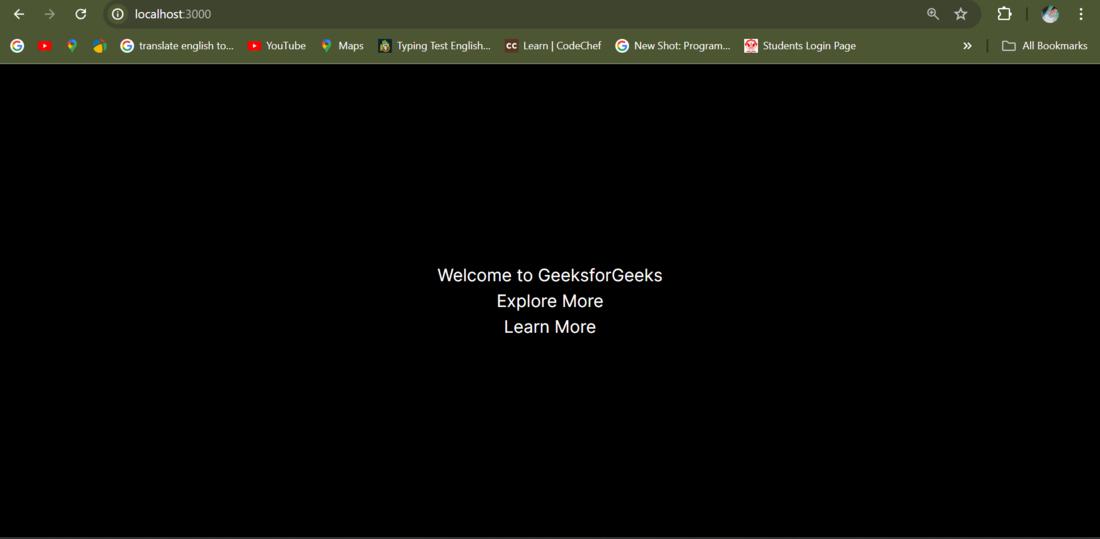
|
|
Frameworks and libraries are constantly evolving to meet the needs of developers and businesses. Two of the most popular frameworks for building server-side rendered (SSR) applications are Next.js and Nuxt.js. Both frameworks offer great features and capabilities, but they cater to different ecosystems and use cases. This article will explore the key differences and similarities between Next.js and Nuxt.js to help you choose the right framework for your next project. What is Next.js?Next.Js is a framework built on React, advanced via Vercel. It enables developers to create each static and server-rendered program easily. Next.Js offers effective functions like automated code splitting, server-facet rendering, static website online generation, and API routes, making it a versatile alternative for React builders. Features of Next.js
Steps To Create Next.js ApplicationStep 1: Install Node in Your SystemInstall NodeJS. Follow one of the links to install according to your system, Windows, Linux and MacOS. Step 2: Initialize the Next.js Project Now create a folder for your project on the desktop navigate to the folder through your code editor and run the following command on the terminal. npx create-next-app@latest
#OR
yarn create next-app
#OR
npm create next-appStep 3: Configure your next.js app Write the project name (default my-app) and choose other configuration options.  Step 4: Switch to Project Directory Move to the project folder to install any other other dependencies. Use the command given below cd my-appProject Structure Next.js Folder Structure Dependencies"dependencies": {
"react": "^18",
"react-dom": "^18",
"next": "14.2.5"
}Example: Creating a simple Next Application Step 5: Run the Application Write the command below to run the NextJS Application, and then open the URL in the browser. npm run devAfter the successful run, the default page of next.js will be shown in the browser.  Output of the next.js Syntax What is Nuxt.js?Nuxt.js is built on Vue.js and developed by the Nuxt.js team. It aims to simplify the development of universal (isomorphic) applications. Nuxt.js provides an easy-to-use setup for common Vue configurations and conventions, offering a smooth development experience. It supports server-side rendering (SSR) and static site generation, and has a modular structure with many plugins available. Features of Nuxt.js
Steps To Create Nuxt app:Step 1: Now create a folder for your project on the desktop and navigate to the folder through your terminal. Step 2: Run the following command in the terminal. The my-app is the name of our app, you can give any name of your choice. npx create-nuxt-app my-appStep 3: After that, you have to answer some questions in terminal answer those according to your choice.  Step 4: Now navigate to your app using the following command: cd my-appFolder structure Nuxt.js Foller Structure Step 5: Run your app using the following command npm run devAfter the successful run, the default page of nuxt.js will be shown in the browser.  Example // pages/index.vue Output  Next.js vs Nuxt.js Differences between Next.js and Nuxt.js
ConclusionBoth Next.js and Nuxt.js are strong frameworks for building web applications. If you use React and want a flexible and fast framework, choose Next.js. If you prefer Vue.js and want a framework that follows best practices and conventions, choose Nuxt.js. |
Reffered: https://www.geeksforgeeks.org
| ReactJS |
Type: | Geek |
Category: | Coding |
Sub Category: | Tutorial |
Uploaded by: | Admin |
Views: | 27 |